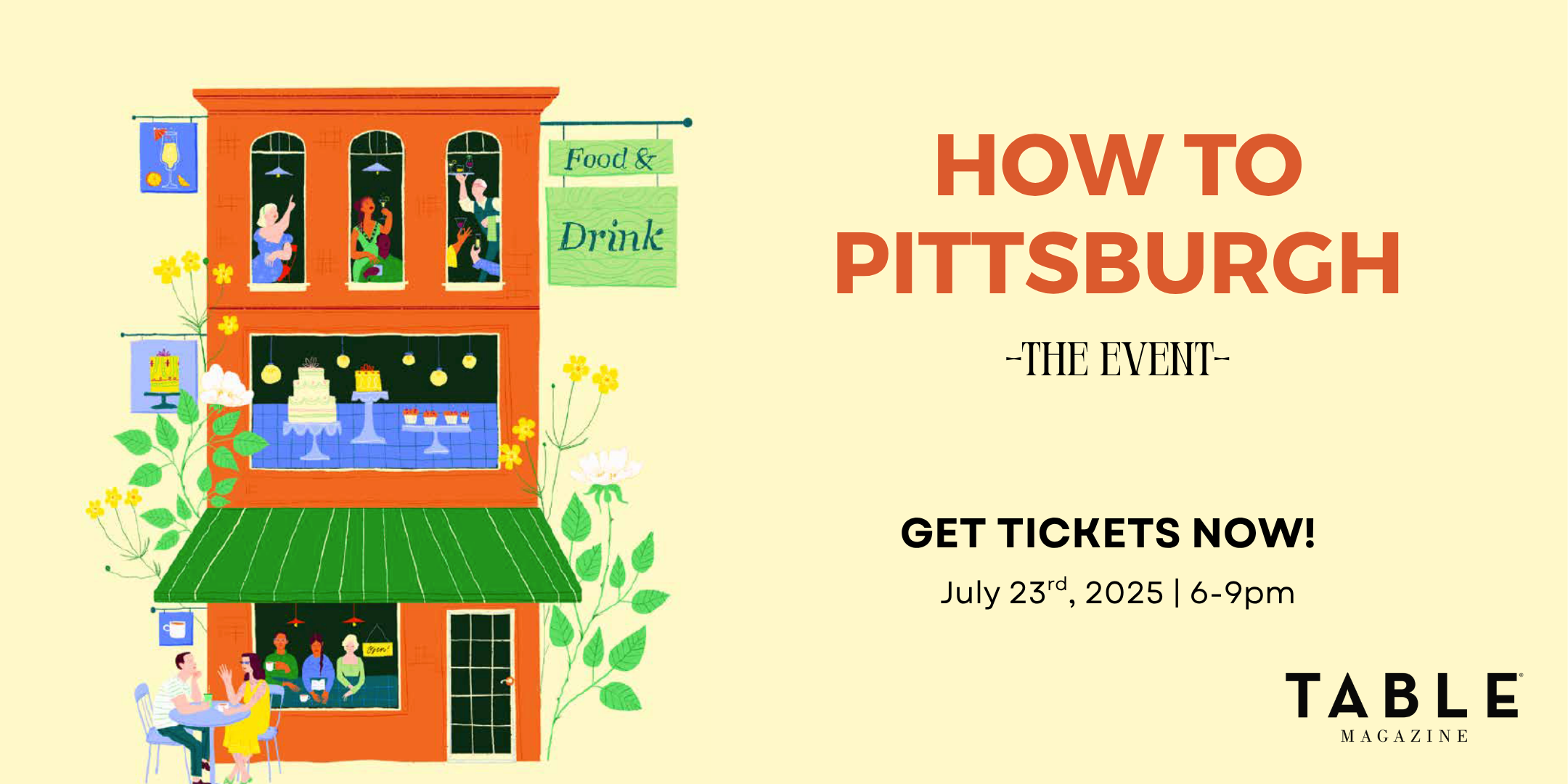Patrick Moore has been in an executive role at the Andy Warhol Museum since 2017. He curated traveling exhibitions in China, Saudi Arabia, and The Netherlands, and was a lead on the museum’s Pop District initiative, a “youth-focused, creative-economy workforce development program and a new live event and performance venue” in the blocks surrounding the museum.
But in 2024, Moore is jetting off to Spain to start a new phase of life with his husband, Joaquin Navarro. TABLE was curious to know what Moore learned during his time at the highest level of the biggest single-artist museum in the country. Here are four questions with Patrick Moore.
TABLE: How did you see the evolution of Pittsburghers engaging with the Warhol during your time there?
Patrick Moore: I saw Pittsburghers realize that The Warhol was a place for all types of people. Gay people and the rebels have always felt at home at the museum. But, gradually, I began to see families with children also coming. That mixing of people who wouldn’t usually come together is at the heart of who Andy was.
How did you establish your own vision and taste as a curator in the museum–and what did you learn about Warhol’s work from that?
I like exhibitions that are deep and somewhat dark. It was something of a shock that I could achieve that with Warhol. Because of Andy’s continued relevance with young audiences, I found I could get away with darker themes without it feeling sad or too aggressive. That’s certainly true of our current show, KAWS + Warhol.
What do you hope the museum’s legacy is?
It’s my hope that we’re seen as being good stewards of Warhol’s legacy. I’d also hope that some of our programs, especially around workforce development, are considered models for the museum community as a whole.
What could the city’s institutions, publications, and organizations do to better support the next new, innovative cultural concept?
We need to get out of the scarcity mindset where we all think that the pie is getting smaller and smaller so that non-profits have to be competitive with one another. Our cultural organizations need to have the resources necessary to change and provide the kind of programs that will appeal to younger generations.
To achieve that, to feel strong enough to try something new, will take investment not just from our amazing foundation community but from government and individuals.
Story by Emma Riva / Photography by Abby Warhola
 Subscribe to TABLE Magazine‘s print edition.
Subscribe to TABLE Magazine‘s print edition.

